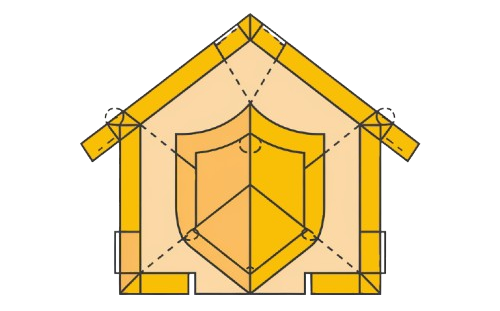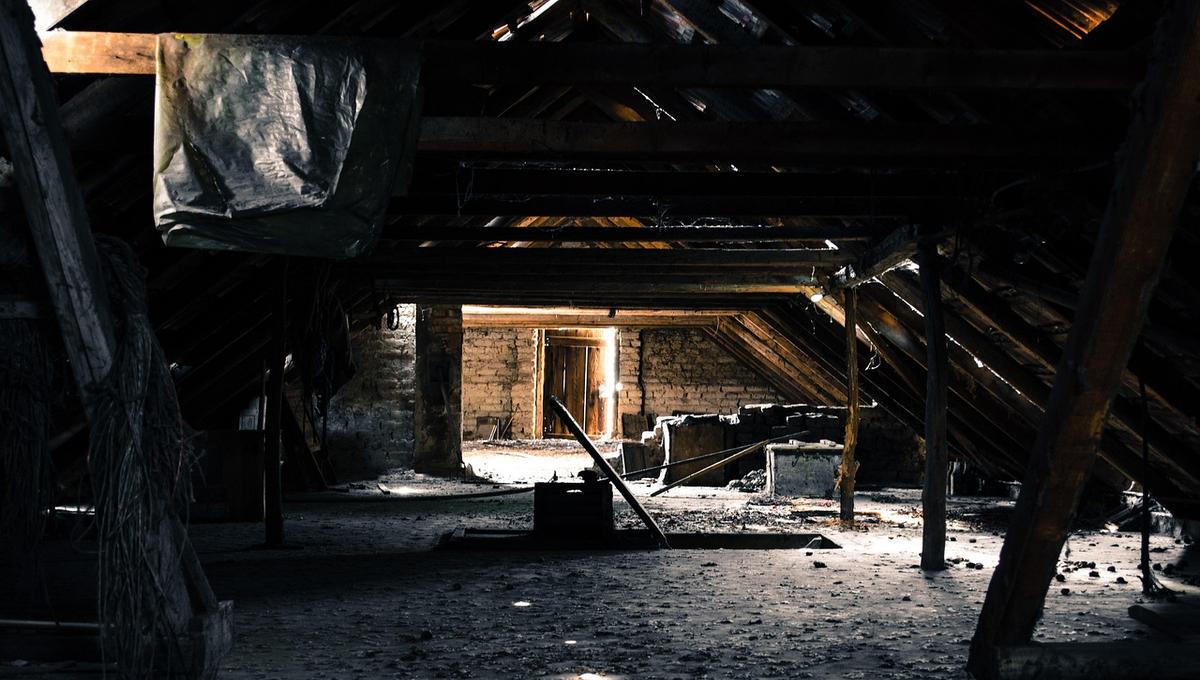Have you ever wondered why your energy bills seem so high despite making an effort to be energy-efficient? The culprit might be a poorly insulated attic. An attic that’s not well-insulated can bleed money from your wallet every month, especially if it hasn’t been updated in decades or checked in several years. A properly insulated attic acts as a powerhouse for your home, helping to maintain a consistent temperature and creating a more comfortable and inviting space. When problems like fluctuating indoor temperatures or drafts occur, it’s worth breaking down the types of insulation used and assessing whether they are doing their job.
Some obvious signs of poor insulation are when your house feels too warm in the winter or cool in the summer. These problems scream that something is not right. An understanding of the roofing systems and how attics impact energy usage can be a game-changer for homeowners. Inefficient insulation can lead to serious and often expensive issues, like health problems or structural wear over time. If left unchecked, your home may lose its energy-efficient edge, making it harder to keep comfortable. Addressing this issue with the right solutions can save you from high costs and even extend the lifespan of your attic space.
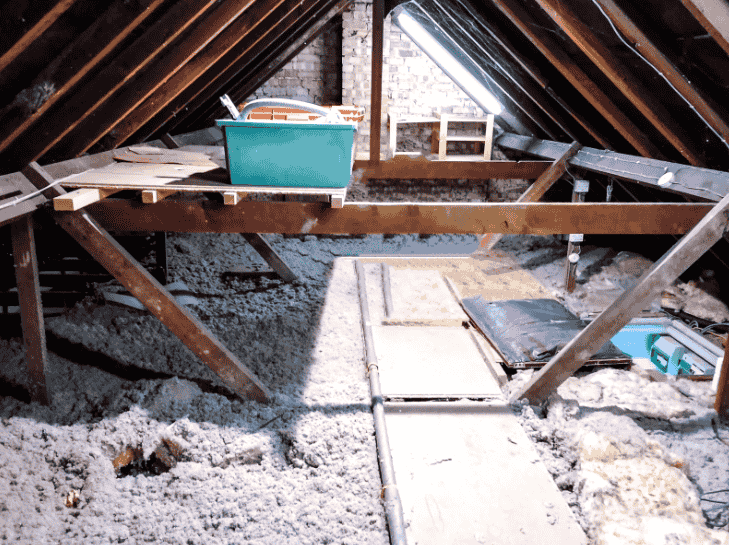
The Importance of a Well-Insulated Attic
A quality attic insulation is key to keeping your home comfortable throughout the year. In the winter, it keeps your house warm, and in the summer, it helps maintain a cool indoor environment. This ensures an energy-efficient space, reduces heat and cold transfer, and lowers your energy bills, making your home a more comfortable place to live. If you’re feeling drafts or noticing temperature swings, it’s a sign your attic might need attention.
Making a smart investment in proper insulation not only helps reduce your carbon footprint, but it can also significantly save money in the long run. A well-insulated attic works year-round to create a consistent temperature, cutting down on HVAC use. By giving your attic the TLC it needs, you can enjoy a better home while cutting costs and improving energy efficiency.
So, how do you know if your attic insulation is doing its job? Let’s dive into the 15 signs that could indicate your attic needs some attention.
Signs Of Poor Attic Insulation
Uneven Temperatures Throughout the House
Uneven temperatures in your house can be a major red flag of poor attic insulation. When some rooms feel hot while others remain cold, it’s a sign that your insulation is failing to regulate the indoor climate. These inconsistent temperatures can make your home feel less comfortable and lead to energy inefficiency, driving up your heating and cooling costs. For example, if your downstairs living room feels perfectly fine but your upstairs master bedroom is freezing, there’s a good chance your attic is lacking the proper amount of insulation.
This problem often creates different temperature zones in your home, contributing to drafty areas, overheated spaces, and dramatic fluctuations during the seasons. Not only does this make your house uncomfortable, but it also puts more strain on your HVAC system, costing you both physically and financially. To stop these imbalances from worsening, it’s essential to identify the signs of damaged or subpar insulation and ensure your attic provides the necessary protection to keep your home cozy in the winter and cool in the summer.
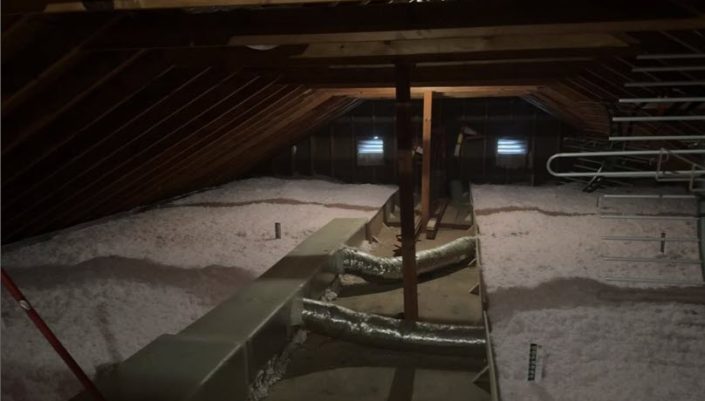
High Energy Bills
If you’ve noticed a sudden spike in energy bills, the culprit could be poor attic insulation. Inadequate insulation allows heat to escape during winter and cool air to leak in the summer, forcing your heating and cooling systems to work overtime. This not only drives costs higher but also impacts your home’s comfort. By spending money on a trusted roofing company to inspect gaps, the ventilation system, and even insulating the attic hatch, you can prevent external temperatures from entering your home. Properly re-insulating your attic is a smart fix that can help reduce sporadic monthly bills and restore balance to your home’s temperature.
Cold Floors and Walls in Winter
Cold floors and walls during winter are a clear indicator that your attic insulation is lacking. When heat escapes, surfaces become colder, creating an obvious comfort issue and increasing energy consumption as your heating system works harder to maintain a comfortable temperature. This leads to higher bills over time and a home that feels less inviting. Trapping air pockets with proper insulation slows the process of outdoor temperatures getting inside or conditioned air escaping. A simple touch test can often reveal if your home feels significantly cooler than expected, signaling the insulation isn’t doing its job.
Your AC & Furnace Are In Overdrive
When your heating and cooling systems are constantly running, it’s a strong sign of poor attic insulation. Inadequate insulation fails to regulate indoor temperatures, forcing your HVAC system to work harder, causing strain and making your energy bills climb. If your AC or furnace is in overdrive, they’re being pushed to compensate for heat or cool air escaping, which not only impacts your comfort but also has serious financial implications. Addressing this issue by ensuring your attic is properly insulated can stop the rising bill and restore your system’s efficiency.
Ice Damming
Ice dams forming on your roof during winter are more than just an aesthetic issue—they are a clear sign of poor attic insulation. When heat escapes through a poorly insulated attic, it causes snow to melt and flow toward the roof’s edges, where it refreezes, forming ridges or dams. These ice dams block proper drainage, leading to damage to gutters and the roof itself. Over time, this can result in foundational issues and leaking, particularly in homes located in harsh climates. Not only do they signal something is awry with your roofing system, but they also lead to increased energy usage and costs.
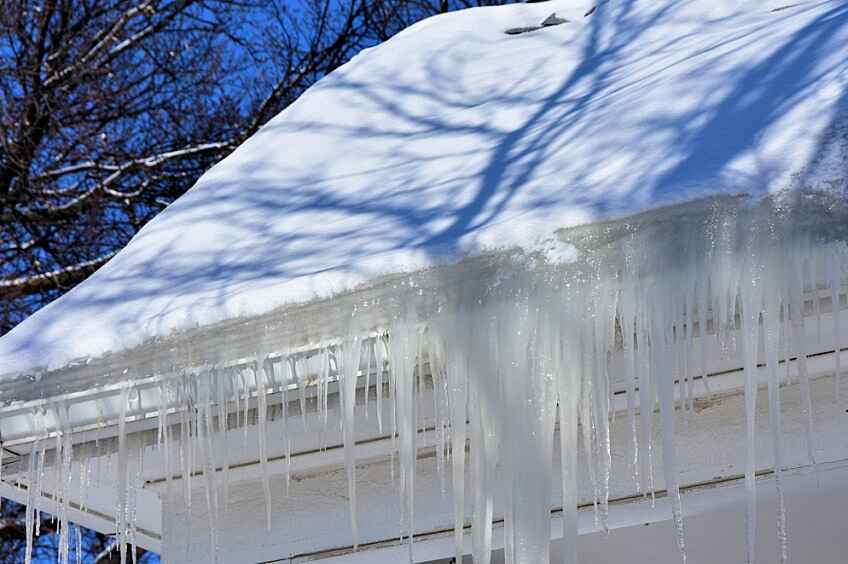
Indoor Condensation
Condensation inside your windows during the colder months is a telltale sign of poor attic insulation. When warm, moist air from your house rises and hits a cold surface, such as a window, it condenses and may cause obstructions to your view. This can also lead to mold growth, wood rot, and musty odors, affecting your home’s comfort and air quality. Additionally, you might notice wet spots on ceilings, clammy clothes, or damp carpets, all pointing to moisture settling indoors due to a poorly insulated attic. These signs not only make your home damper but also drive up energy usage as you struggle to maintain comfortable temperatures.
Attic Water Leaks
Attic water leaks are another major consequence of poor insulation. When heat escapes from your home due to improper insulation, it can cause water condensation on the roof, leading to leaks that slip through cracks. A poorly insulated attic may also allow melted snow or rainwater to enter, causing costly damage to your walls, ceiling, and personal property. Addressing insulation issues promptly can prevent long-term problems and protect your home’s structural integrity.
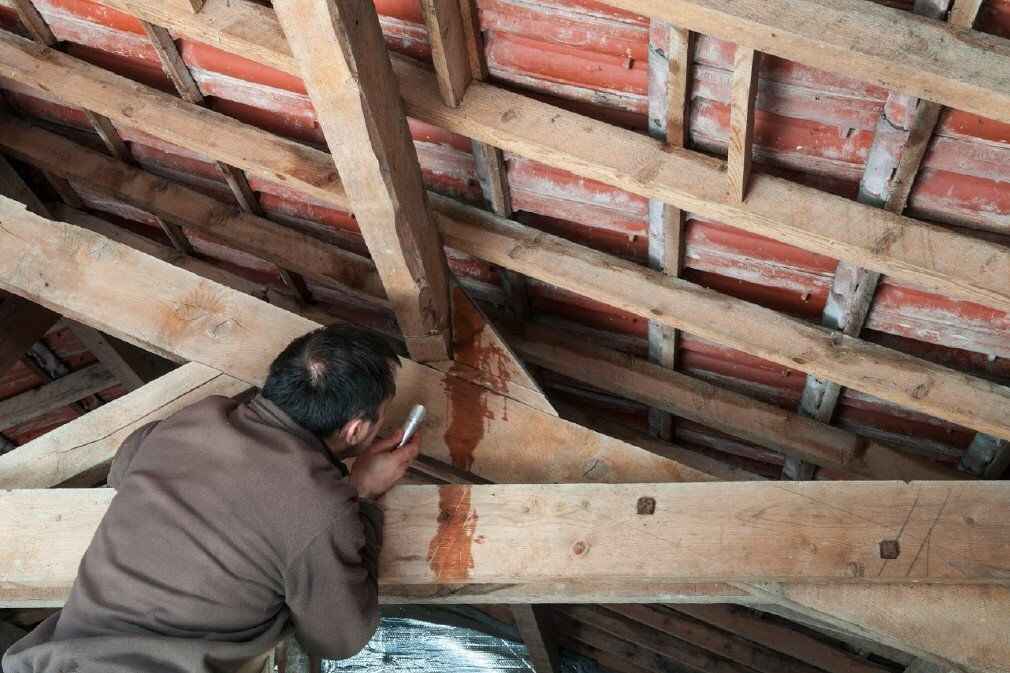
Pest Infestations
Pest infestations in your home are a clear sign of poor attic insulation. When insulation is inadequate, it leaves gaps and cracks that become easy entry points for pests such as mice, bugs, and even birds or bats. These uninvited guests not only cause damage by chewing, nesting, and leaving dirt and droppings, but they also present serious health hazards by spreading harmful bacteria. A well-insulated attic acts as a barrier, keeping your home warm and protected from pests. If you find nests, tunnels, or feces in untouched areas, it’s time to have the attic inspected and replace the insulation to fix the issue before the problem grows. Older insulation types, like wool, are particularly prone to being chewed or ripped apart, making complete replacement necessary.
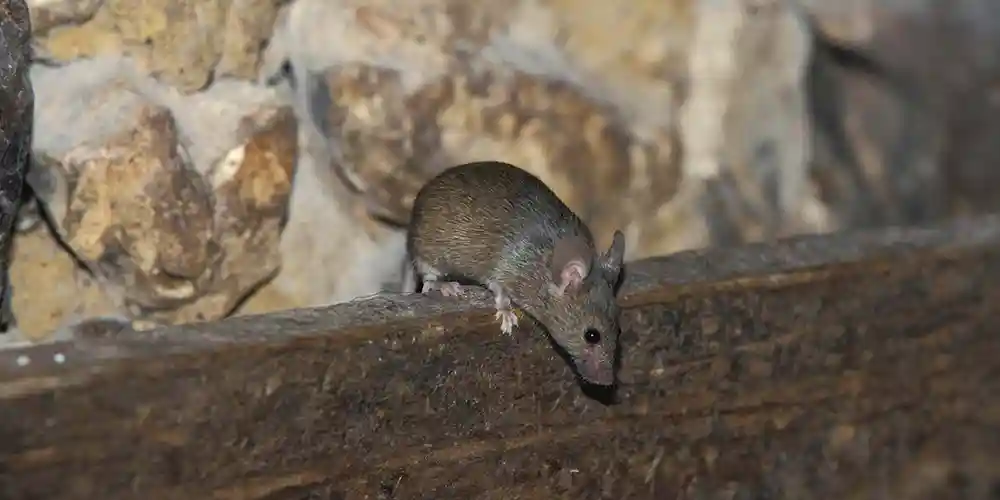
Mold and Mildew Growth
Mold and mildew growth in the attic is another strong indicator of poor insulation. When insulation fails to prevent moisture from accumulating, it creates a damp environment where mold thrives. This not only damages your home’s structure but also leads to serious health issues, including allergies and respiratory problems. Condensation pools caused by inadequate insulation and warm air rising can encourage mold to grow, reducing the insulation impact on air quality in your home.
The Environmental Protection Agency (EPA) highlights that Americans spend nearly 90% of their time indoors, making indoor air quality crucial, especially for children and older adults. To prevent this, ensure your attic is properly insulated and ventilated, and consider investing in re-insulation services to protect your family and maintain your home’s structural integrity.
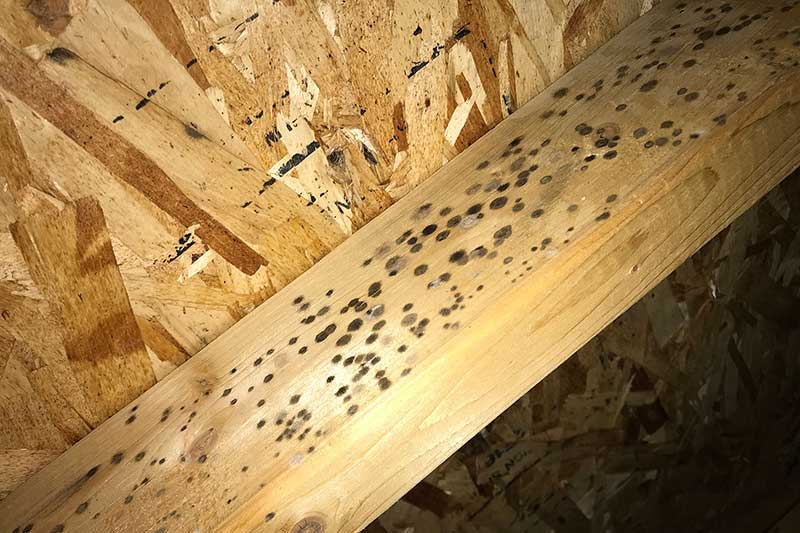
Drafts in the House
If you feel drafts in your house during the colder months, it’s a clear sign of poor attic insulation. Inadequate insulation allows cold air to seep in and warm air to escape, making your living space uncomfortable. This problem not only disrupts the coziness of your home but also leads to higher heating costs in the wintertime. While adding weatherstripping to windows and doors can help, it’s essential to address the root issue in the attic to stop drafts from affecting your home’s comfort.
Your Pipes Are Freezing Easily
When your pipes are freezing easily, it’s often linked to insulation issues in your attic. During the winter, outdoor temperatures can cause exposed or poorly insulated pipes to freeze or even burst, resulting in expensive and stressful fixes. If you’re frequently dealing with frozen pipes, it’s a strong indicator that your attic lacks the proper insulation to keep your home warm and protect the plumbing. Addressing these concerns early can prevent bigger issues from popping up.
Fluctuating Indoor Humidity Levels
Fluctuating indoor humidity levels are another consequence of poor attic insulation. Without proper insulation, it’s hard to maintain consistent humidity in your home. In the winter, you might notice dry air, while in the summer, excessive moisture can make the air feel damp and heavy. These wide variations not only create discomfort but can also lead to other problems like mold growth and warped wood. Proper attic insulation helps keep excess moisture at bay and ensures your home remains balanced year-round.
Frequent Respiratory Issues
Frequent respiratory issues among household members can be a red flag that your attic insulation is inadequate. When insulation fails to act as a barrier, external allergens, dust, and pollutants can easily infiltrate your home, compromising its indoor air quality. This can lead to an increase in allergy symptoms, asthma flare-ups, and other respiratory problems. Proper insulation is crucial for maintaining a healthy environment by keeping airborne irritants at bay, ensuring your home is a safe and comfortable place for everyone.
Unexplained Noises
If you’re hearing unexplained noises coming from your attic or roof, it might indicate poor insulation. Inadequate insulation acts as a weak sound barrier, allowing external sounds like traffic, wind, or rain to easily penetrate your living space. You might even hear the scurrying of animals taking shelter in the attic due to gaps in the insulation. A properly insulated attic helps dampen noise, creating a quieter and more peaceful home environment.
Short Lifespan of Insulation Material
A short lifespan of insulation material can also be a sign of poor-quality or improper installation in your attic. High-quality insulation, when properly installed, should last for many years while maintaining consistent temperatures and helping to reduce energy costs. However, if you find yourself needing to replace attic insulation frequently, it’s worth inspecting for underlying issues like poor material quality or improper fitting. Ensuring your insulation is energy-efficient and durable will save you money and effort in the long run.
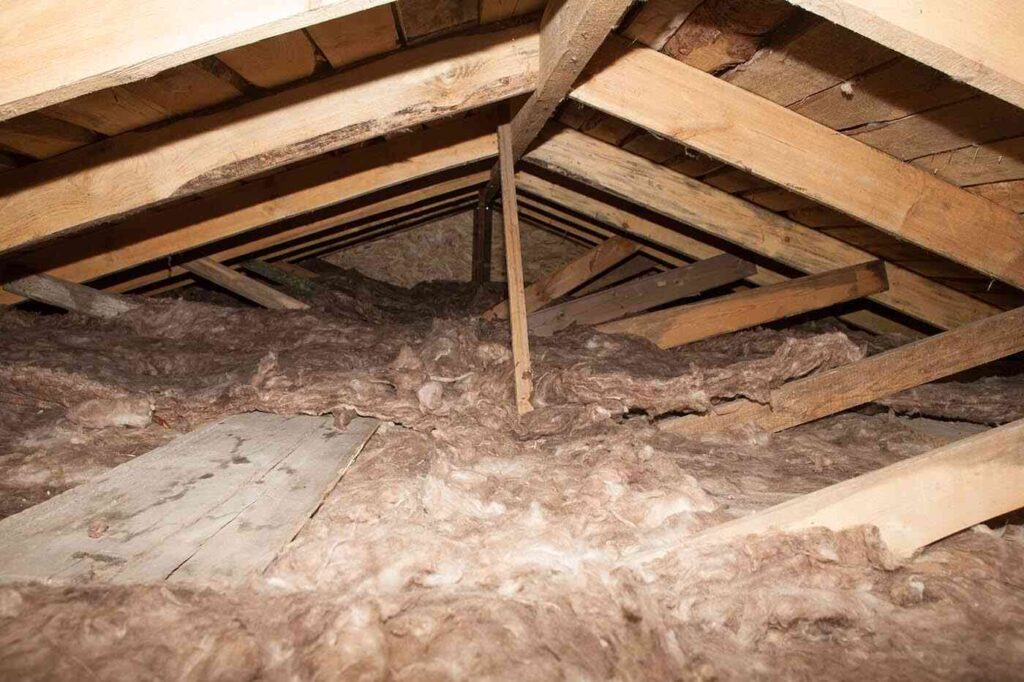
Types of Home Insulation Methods
The types of home insulation methods used in your attic can greatly impact your home’s energy efficiency and comfort. Choosing the right strategies offers numerous benefits, from better temperature control to reduced energy costs. Each type has unique features designed to meet specific needs, ensuring your attic performs optimally.
Fiberglass
Fiberglass insulation, made from fine glass fibers, is one of the most popular options. It comes in batts or rolls, making it inexpensive and easy to install. Known for trapping air and slowing heat transfer, it’s also non-flammable, resistant to moisture, and highly durable, offering a long-lasting solution for attics.
Cellulose
Cellulose insulation, crafted from recycled paper, is an eco-friendly choice. Treated with fire retardants, it can fill nooks and crannies, creating a tight seal that enhances soundproofing and reduces air leaks. Its use of sustainable materials makes it ideal for homeowners looking to prioritize both efficiency and environmental responsibility.
Spray Foam
If you’re looking to insulate attic with spray foam, it’s one of the most effective methods available. Spray foam is applied as a liquid that quickly expands to form an airtight seal, effectively preventing leaks and minimizing energy loss. Its superior properties make it ideal for sealing gaps, cracks, and even irregular shapes in hard-to-reach areas of the attic. While it offers distinct advantages in energy efficiency and durability, it’s important to consider your specific needs, budget, and any environmental considerations before selecting this option.
Final Thoughts
Recognizing the signs of a poorly insulated attic is crucial for maintaining a comfortable and energy-efficient home. Choosing the right insulation, whether it’s fiberglass, cellulose, or spray foam, can make a significant difference in preventing energy loss and improving indoor comfort. Inadequate insulation can compromise both your comfort and your home’s efficiency, but investing in proper insulation is a huge step toward saving on electricity bills, protecting your family’s health, and keeping your property in prime condition.
If you’re unsure about your attic insulation, Contact us today to connect with trusted professionals who can assess your home and recommend the best insulation solutions for lasting comfort and efficiency. Stay ahead of costly energy loss with expert guidance tailored to your needs!
FAQ
How Do You Tell If Your Attic Is Properly Insulated?
To check if your attic is properly insulated, look at the insulation level. If it is below the floor joists, you probably need to add more insulation. However, if the insulation is well above the joists, your attic likely has enough insulation. Adding insulation is a cost-effective way to improve your home’s energy efficiency.
What Happens If You Don’t Have Enough Insulation in Your Attic?
If attics are poorly insulated, it becomes hard to keep temperature consistent in your home. In warmer climates, a lack of insulation can lead to overheating, making rooms like bedrooms and living spaces uncomfortable. Proper insulation helps in trapping heat during winter and keeping cool air inside during summer, improving airflow and comfort.
How Do I Know If My Attic Insulation Needs to Be Replaced?
- Drafts or temperature swings
- Signs of water damage
- Rising energy bills
- Pest or animal infestations
- Bad odors or allergy symptoms
- House struggles to stay cool in summer
How Can You Tell If Insulation Is Poor?
- Higher energy bills due to inefficient temperature regulation.
- High temperature variations between rooms.
- Cold drafts or noticeable temperature fluctuations.
- Cold floors, ceilings, or walls in certain areas of the house.
- Frozen pipes during winter.
- Water leaks or moisture buildup in the attic.
- Ice dams forming on the roof.
